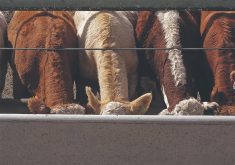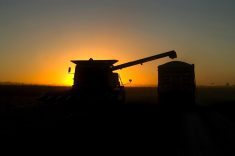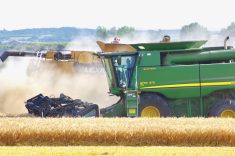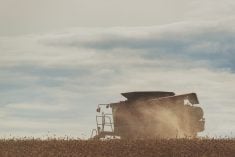By Theopolis Waters
CHICAGO, Jan 27 (Reuters) – Chicago Mercantile Exchange live cattle futures settled mixed on Monday after a choppy session.
February live cattle closed 0.250 cent per pound lower at 143.150 cents US, and April ended 0.450 cent higher at 140.550 cents.
Investors sold February live cattle futures and bought deferred contracts in anticipation of tighter supplies in the months ahead, traders said.
Back cattle months recovered from opening losses led by Friday’s bearish U.S. Department of Agriculture monthly cattle-on-feed report.
More than expected young cattle entered U.S. feed lots in December as cheaper feed gave feed yard operators a chance to break even or turn a slight profit, analysts and economists said following Friday’s report.
Read Also
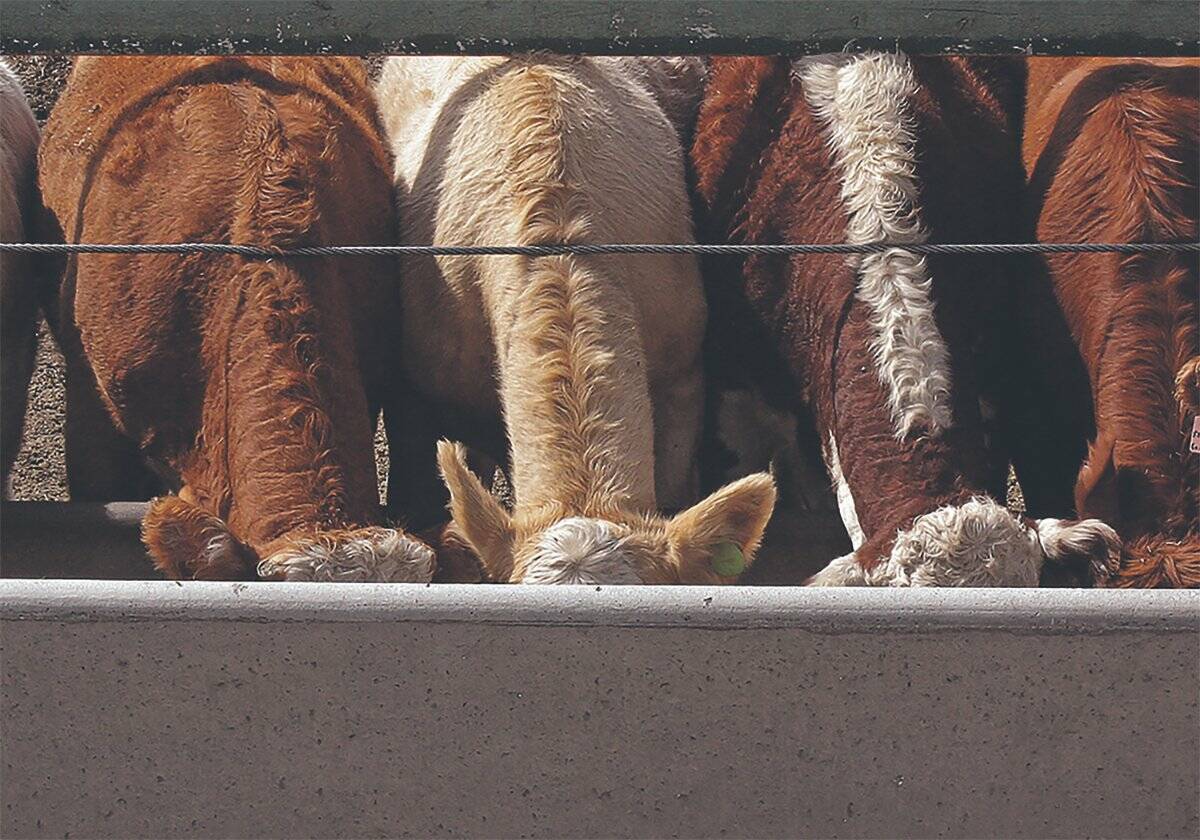
U.S. livestock: Cattle fall sharply as Trump says he’s working to lower beef costs
Chicago cattle futures fell sharply on Friday after U.S. President Donald Trump said his administration was working to lower the…
“Cash is already at a hefty premium to futures, which limited the amount of selling in the market,” a trader said.
Last week’s wholesale beef price pullback wore down packer margins and increased the possibility of lower cash cattle returns for this week.
Beef packer margins for Monday were estimated at a positive $68.45 per head, compared with a positive $90.65 per head on Friday and a positive $76.40 a week ago, as calculated by HedgersEdge.com.
The morning’s wholesale choice beef price was $238.31 per hundredweight (cwt), up $1.05 from Friday, and select cuts jumped $2.37 to $238.62 in light sales volume, according to USDA data.
Last week, cash cattle in the U.S. Plains fetched up to $150 per cwt, topping the previous week’s $144 record, feed lot sources said.
Traders are closely watching another round of wintry weather sweeping across the Midwest.
Drifting snow and sub-zero temperatures reduced the flow of livestock to market and slowed cattle weight gains.
Also, harsh conditions in parts of the country could force consumers to stay home, which could briefly dent meat demand.
“Consumption is the key with beef prices at record high,” said Archer Financial Services broker Dennis Smith.
CME January feeder cattle closed up 0.275 cent per lb. to 170.975 cents, guided by the exchange’s feeder cattle index at 170.34 cents.
Firm corn prices weakened remaining CME feeder cattle futures.
March and April finished down 0.075 cent to 168.800 cents and 169.400 cents.
SPREADS STIR MIXED HOG FUTURES
CME hogs ended mixed as spread traders sold February futures and bought back months in anticipation of lower cash hog prices by Wednesday, traders said.
USDA’s morning direct hog market prices were not available. Hogs in the Midwest traded mostly $1 per cwt higher due to weather-related delays, according to hog dealers.
For a fourth straight week, weather reduced the flow of supplies to processors, which is supportive for cash prices in the near term, a trader said.
But cash values could suffer as moderating temperatures later in the week allow more hogs to leave farms, he said.
Speculators bought deep-deferred hog contracts in the belief that the spread of the Porcine Epidemic Diarrhea virus (PEDv), which is fatal to baby pigs, could reduce hog supplies at that time, analysts and traders said.
February hogs closed at 85.575 cents per lb., 0.800 cent lower, and April ended at 94.300 cents, up 0.275 cent.


